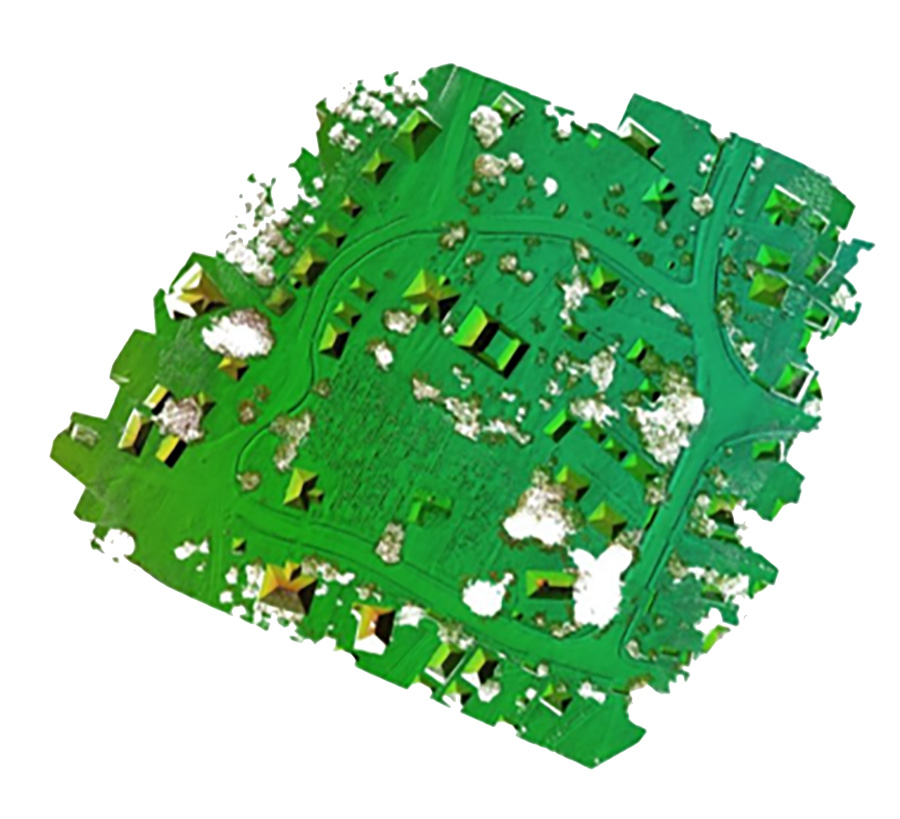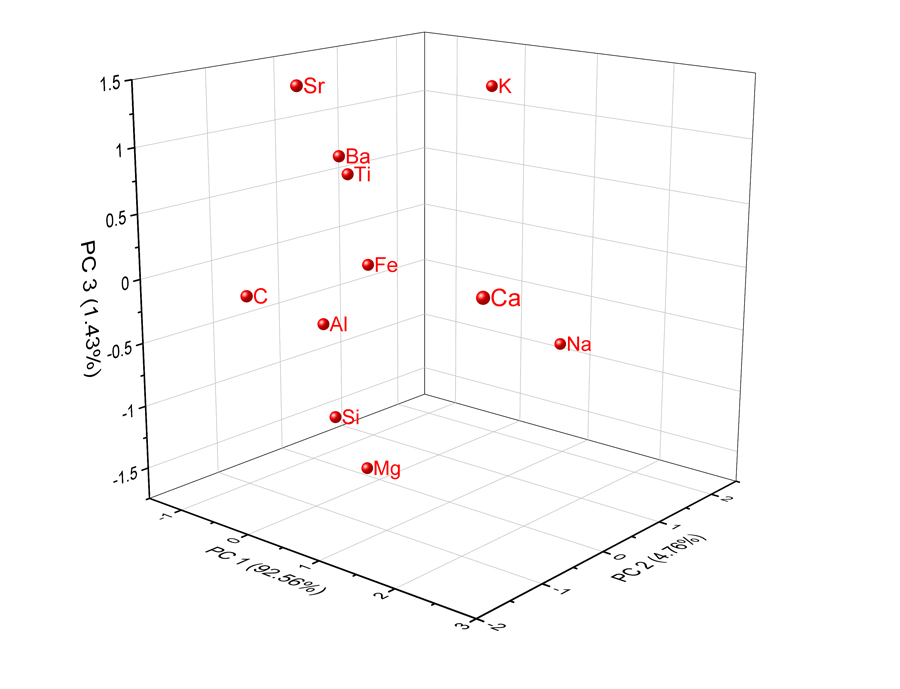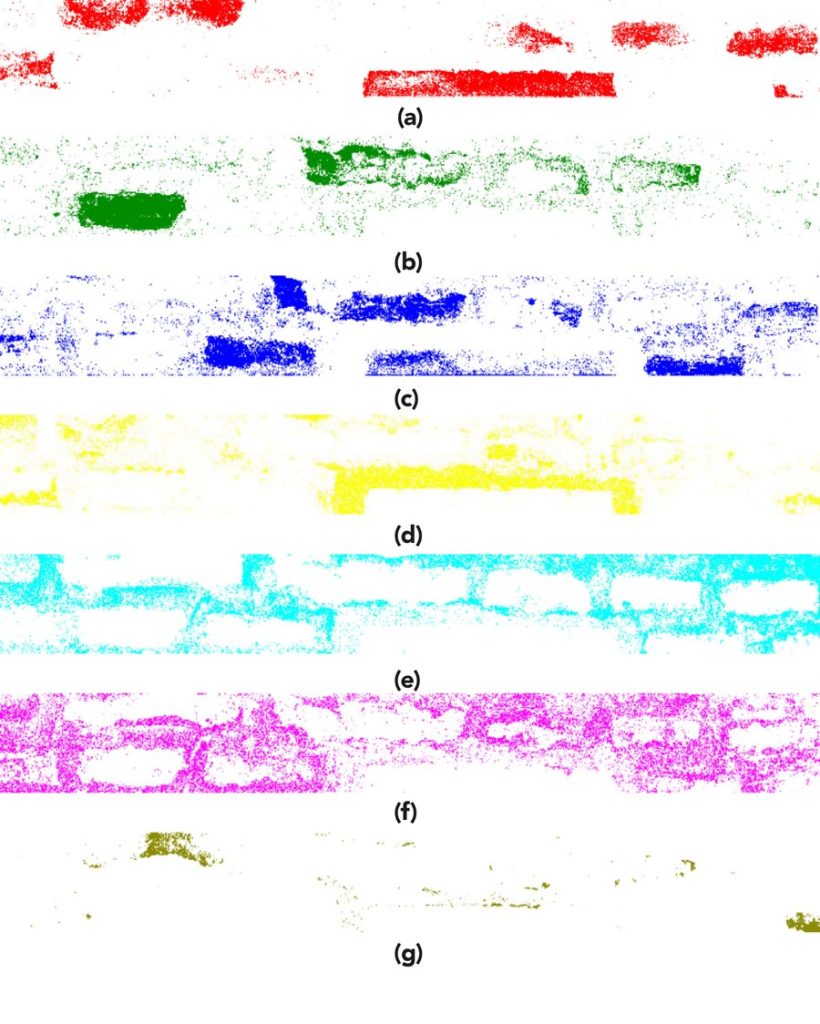Investigating and diagnosing cultural assets with Go-on-Target
Dr Monica Dinu and her colleagues at The National Institute of Research and Development for Optoelectronics – INOE 2000 in Romania are working on the Go-on-Target (GoT) project. The team are developing an innovative remote GoT system for the non-invasive investigation, diagnosis, and monitoring of cultural assets for use in Heritage Science. It will deliver valuable results to improve the characterisation and discrimination of materials for preserving, restoring, and authenticating artwork and evaluating interventions. In addition, GoT can be employed in the fight against fraud and art trafficking.
Heritage Science involves research into cultural heritage, including artefacts valued for their anthropological, ethnological, historical, scientific, and social significance. Ensuring the long-term sustainability of heritage requires new and improved procedures for authentication, analysis, restoration, and conservation.

Dr Monica Dinu and her colleagues at The National Institute of Research and Development for Optoelectronics – INOE 2000 in Romania are working on the Go-on-Target (GoT) project. They are developing an innovative remote setup combining spectroscopic and imaging analysis for the investigation and diagnosis of cultural assets. In addition to providing a valuable instrument for the authentication of works of art, the Go-on-Target system can be employed in the fight against fraud and art trafficking.
Combining technologies
The GoT system utilises three advanced physical-chemical investigation techniques: laser-induced breakdown spectroscopy (LIBS), Raman spectroscopy, and hyperspectral analysis.
Laser-induced breakdown spectroscopy uses a short laser pulse on the object’s surface to produce a micro-plasma (a low-temperature plasma of microscale dimensions with a unique high-energy density). A rapid chemical analysis is performed on the spectrum resulting from this laser-induced plasma, which can provide an almost-instant elemental cross-sectional analysis. LIBS is used to assess both the qualitative and quantitative elemental content of materials including fossils, glass, metals, minerals, paint, pottery, and stone, with applications in archaeology, art, and cultural heritage. This provides investigators and restorers with a detailed analysis of the hidden micro- and nanoscopic layers of finishes and paint that make up the compositions.

Photo credit: Laurentiu Angheluta, INOE 2000
The main advantage of using LIBS is that, unlike other laser spectroscopy methods, high-resolution analysis can be carried out in situ. This means the GoT system can be used in the field since sampling is not required. The objects’ surfaces don’t even have to be cleaned to generate a complete stratigraphic profile of the object.
Further, Raman spectroscopy is a non-destructive chemical analysis technique that exploits the interaction of light with chemical bonds to provide information regarding the molecular composition and chemical structure of materials. LIBS and Raman spectroscopy techniques use similar equipment for spectra detection and induction, with Raman spectroscopy establishing a sample’s molecular structure and LIBS its quantitative elemental composition.
Lastly, hyperspectral imaging (HSI), also known as hyperspectral analysis and imaging spectroscopy, is a non-contact method that combines digital imaging with spectroscopy (the analysis of light absorption alongside light and other radiation emissions). It simultaneously measures the spectral parameters and spatial information of each pixel to provide information on a material’s composition and spatial distribution. Hyperspectral analysis can digitally decompose the layers of an artwork to reveal the characteristics and idiosyncrasies specific to a school or individual artist.
Greater than the sum of its parts
Dinu explains that, individually, each of these methods can provide excellent but limited results. Previously, researchers have combined them in pairs, increasing their analytical range. Both Raman and LIBS are centred on laser light–matter interaction, and their applications include the remote detection of explosives, depth profiling, chemical mapping, and the study of ancient wall paintings. They are even used in an upcoming ESA mission to Mars to identify minerals and listen for sound. On the other hand, Raman-HSI systems offer flexibility for inspecting materials and are mainly used in the food sector to analyse formulations and ensure quality control.
Go-on-Target is the first hybrid to provide a ‘complete spectral identification and discrimination at molecular and atomic/ionic level’.Go-on-Target is the first hybrid to include all three investigation procedures, offering ‘complete spectral identification and discrimination at molecular and atomic/ionic level’ to achieve a complete, real-time profile of the object under investigation. This makes Go-on-Target a valuable tool for art evaluators, restorers, historians, conservers, archaeologists, and museum curators. When examining a painting, it can provide complex information regarding the artist’s painting technique, restoration efforts, and mechanisms of degradation, as well as reveal hidden underlayers, flaws, and overpainting. It can also be used to validate both contemporary and historical painting materials.
The patented GoT system is made up of a hyperspectral camera, a Q-switched Nd:YAG laser, and an Echelle-type spectrometer, with specific lenses and filters for use with LIBS and Raman. A standard laser remote sensing design makes up the backscattering optical scheme for both the LIBS and Raman analyses.


Published in: Dinu, M, et al, (2023), doi.org/10.3390/buildings13020321
A quartz lens is used to focus the laser beam on the surface of the object under investigation. This lens also captures the backscattered radiation, which is then guided to the optical collector.
The Turkish bath at the Golești museum
One of the first phases of the project involved investigating the medieval Turkish bath at Romania’s Golești open air museum. Working with researchers from the Golești Museum, the INOE team classified the main elements of the monument’s brickwork using a combination of LIBS and HSI technology to fill the gaps in the building’s history.
Buildings on the Golești Manor estate date from the 17th century. It is believed that the Turkish steam bath was built by Stroe Leurdeanu, one of the most significant boyars (a privileged class of rich landowners) in Romanian history. Originally constructed using clay bricks and mortar, there have been several phases of restoration. Unfortunately, some of these have been poorly documented and the building’s history is incomplete. Golești Manor was nearly in ruins during the interwar period. Only one room and the adjoining furnace of the Turkish bath were preserved during the 1942–43 restoration, but some original fragments of the old plaster have been preserved.
It is believed that the Turkish steam bath was built by Stroe Leurdeanu, one of the most significant boyars inRomanian history.
The restored building is rectangular, measures 8 m by 6.3 m, and is 6.4 m high. The walls are approximately 0.8 m deep and built from bricks with thick layers of mortar. Inside, the bath room is square with sides measuring 5.5 m. The brick-built ceiling is a semicylindrical vault with openings designed to release excess steam. The lime and sand plaster was combined with crushed brick, making the interior reddish in colour. Outside, there is a sawtooth profile cornice composed of several layers of bricks.
Renovation discoveries
This study’s aim was to differentiate between the original building materials and those that had been added during the restoration of the Turkish bath. It was known that new bricks had been added, but there was also the question of whether the mortars used during the restoration contained fragments of the original bricks. In this complex situation, only statistical and classification methods could distinguish between such similar objects.
Given their chemometric classification abilities, the researchers chose to use LIBS and HSI to examine the remains and chart the original materials. They analysed the bricks and mortars to assess their preservation state. From this, they were able to map the original components and record and classify the renovation interventions performed since the building’s initial construction.

Published in: Dinu, M, et al, (2023), doi.org/10.3390/buildings13020321
By means of supervised classifications (a machine-learning technique where the algorithm is trained using area data that are judged to be representative of the elements to be classified), the researchers were able to select several areas of interest for LIBS elemental analysis. They also conducted multivariate data analysis to identify materials with similar composition and map what was original and what had been reworked and added to the original construction.
The researchers analysed the variability of the spectral profiles to reveal the extent of the renovation work. Three different types of bricks were identified: two that were similar in composition and a third that was a longer brick – a more recent addition. Three different mortars were also detected. Two were red in colour and contained shards of the original bricks. The third, a newer material, was greyer in colour and did not include brick fragments. Another material that appeared to be impregnated into the surface was discovered. This material had a distinct spectral profile. It could be algae or lichens in the early stages of development but will require further exploration to confirm its identity.
What’s next for Go-on-Target
The researchers are collaborating with The Bucharest Municipality Museum, The National Art Museum, The National Peasant Museum, and Peles Museum, as well as the Association of Art Evaluators from Romania. Case studies exploring pieces created using a variety of paint techniques are planned in partnership with the National Arts University.

Go-on-Target is an innovative remote system for investigating and diagnosing cultural assets. It will deliver valuable results to improve the characterisation and discrimination of materials for preserving, restoring, evaluating interventions, and authenticating cultural assets.
When completed, the GoT system will be accessible worldwide via the European Research Infrastructure for Heritage Science (E-RIHS) platform. She anticipates that Go-on-Target’s applications will expand beyond the Heritage Science sector, with possible applications in pharma, space science, military, and criminalistics.
Personal Response
What initially sparked your interest in the use of laser spectroscopic techniques for investigating artworks?The use of laser spectroscopic techniques in art conservation and analysis is driven by the need for non-invasive and precise methods to examine and preserve artworks. Our research group direction is sparked by the interest of developing advanced tools that can offer a deeper understanding of the composition and condition of cultural heritage assets, following the minimum intervention principle.